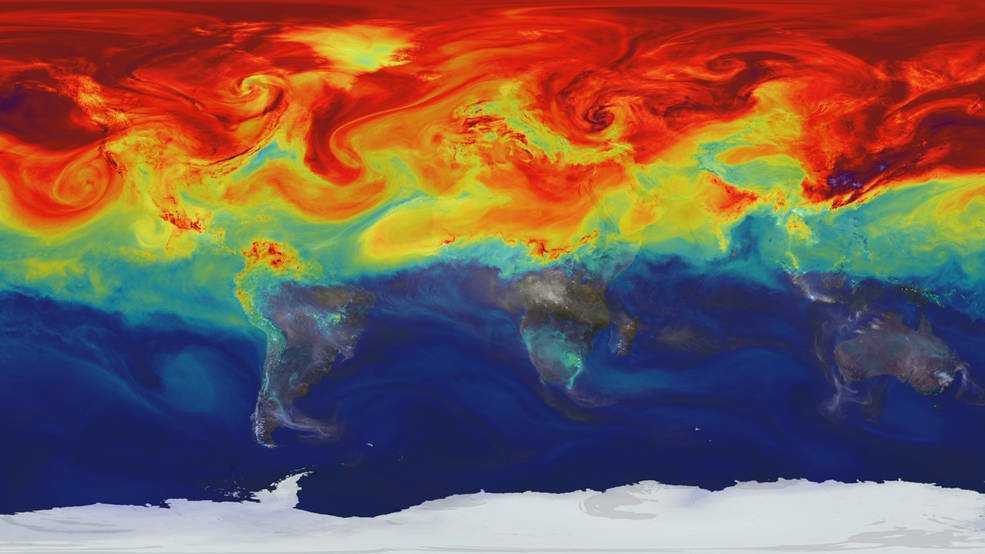Every October, the federal government marks National Energy Awareness Month. This is a time for us to lead by example, providing energy solutions that strengthen every community across our country.
Inaction is not an option.
Extreme weather continues to wreak havoc across America. To put this crisis in perspective, nearly one in three Americans experienced a weather disaster during this past summer alone. Five million people from Texas to North Dakota were left without power during a deep freeze in February. So far this year, over 47,000 wildfires throughout the country have burned almost 6.5 million acres. It’s almost certain the 2021 hurricane season will use up its allotted names for the Atlantic – something that has only happened twice since the 1950s.
None of this is a coincidence. It’s a consequence of climate change, which President Biden calls “the existential threat of our time.” I completely agree with the President. The cost of the climate crisis is hard to completely capture. It is lost homes and businesses, decimated infrastructure, and – worst of all – lost lives.
Many may think NASA is solely focused on exploring the heavens. While we will always push out farther into the cosmos, one of NASA’s greatest missions is protecting the plant we have: Earth.
That was a point I made during a climate roundtable earlier this month at NASA’s Jet Propulsion Laboratory in Southern California. Even if most Americans don’t realize it yet, NASA is the point of the spear on climate change.
Right now, NASA is equipping Americans – and the world – with better data to track natural hazards – from hurricanes to wildfires. Our mission is clear: to better prepare and support communities, families, and businesses.
Last month, NASA launched Landsat 9, a satellite built to monitor the Earth’s land surface and provide data and imagery to help make science-based decisions – from water use wildfires impacts. For a half-century, Landsat satellites have observed our home planet, providing an unparalleled record of how its surface has changed over timescales from days to decades. Through this partnership with the United States Geological Survey, we’ve been able to provide continuous and timely data for users. This information empowers people to understand, predict, and plan for the future.
Take OpenET, a new web-based water data platform launched earlier this month. Building on more than two decades of research, OpenET puts NASA data into the hands of farmers, water managers, conservation groups, and others to accelerate improvements and innovations in water management. It provides satellite-based information on water consumption in areas as small as a quarter of an acre at monthly and yearly intervals.
In a few days, leaders from around the world will gather in Glasglow, Scotland for the United Nations Climate Change Conference. America’s space agency’s commitment is to build on our long history of Earth science and accelerate our efforts for the benefit of all humanity.

